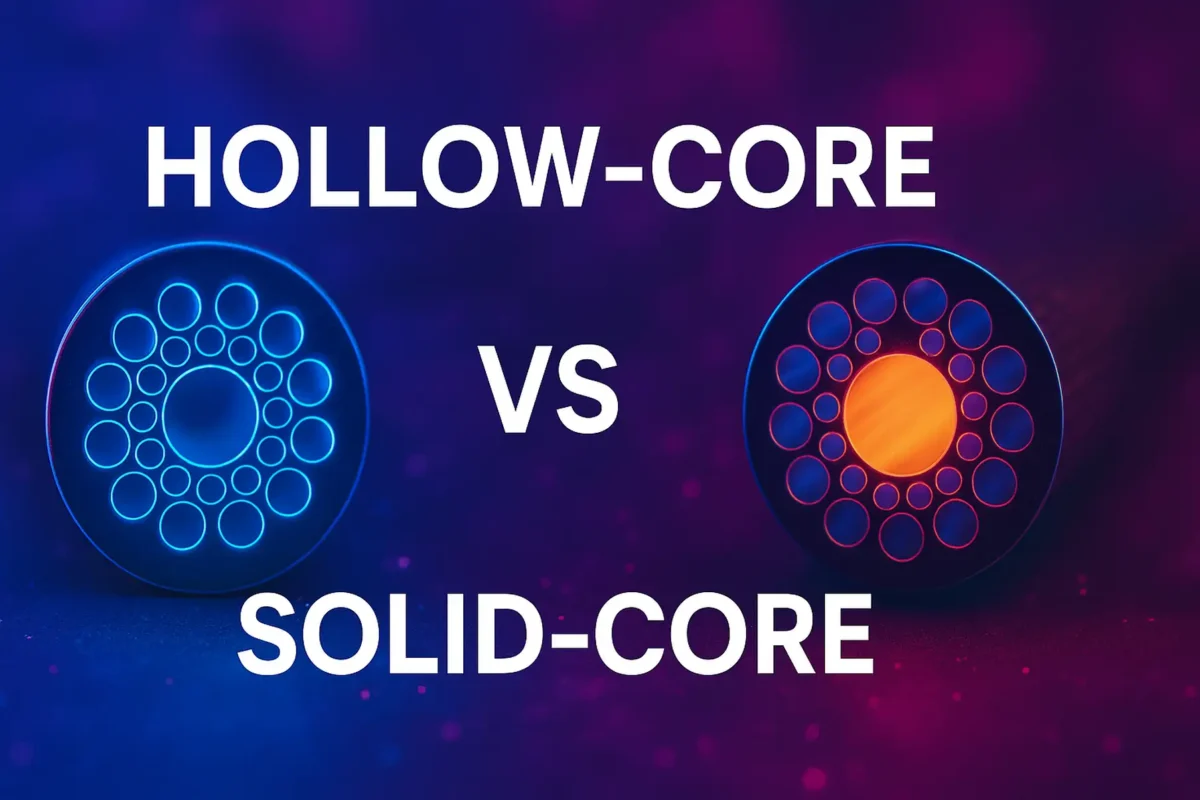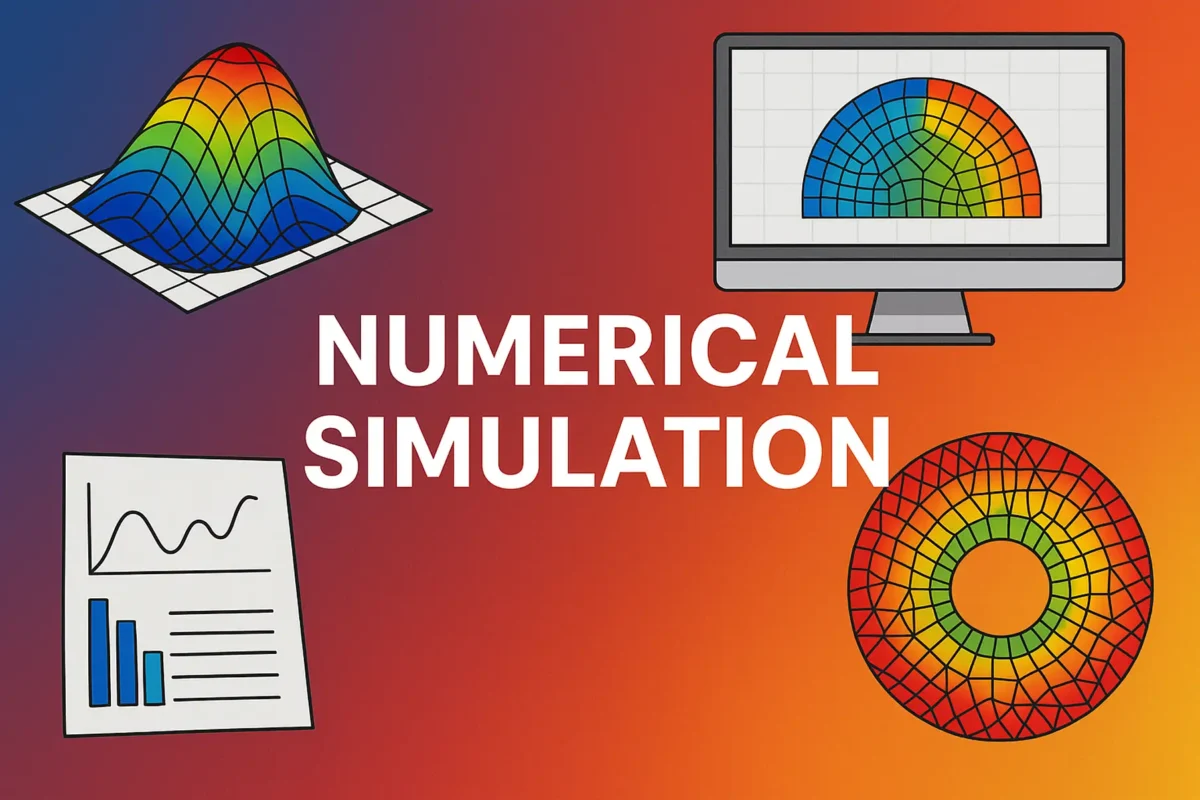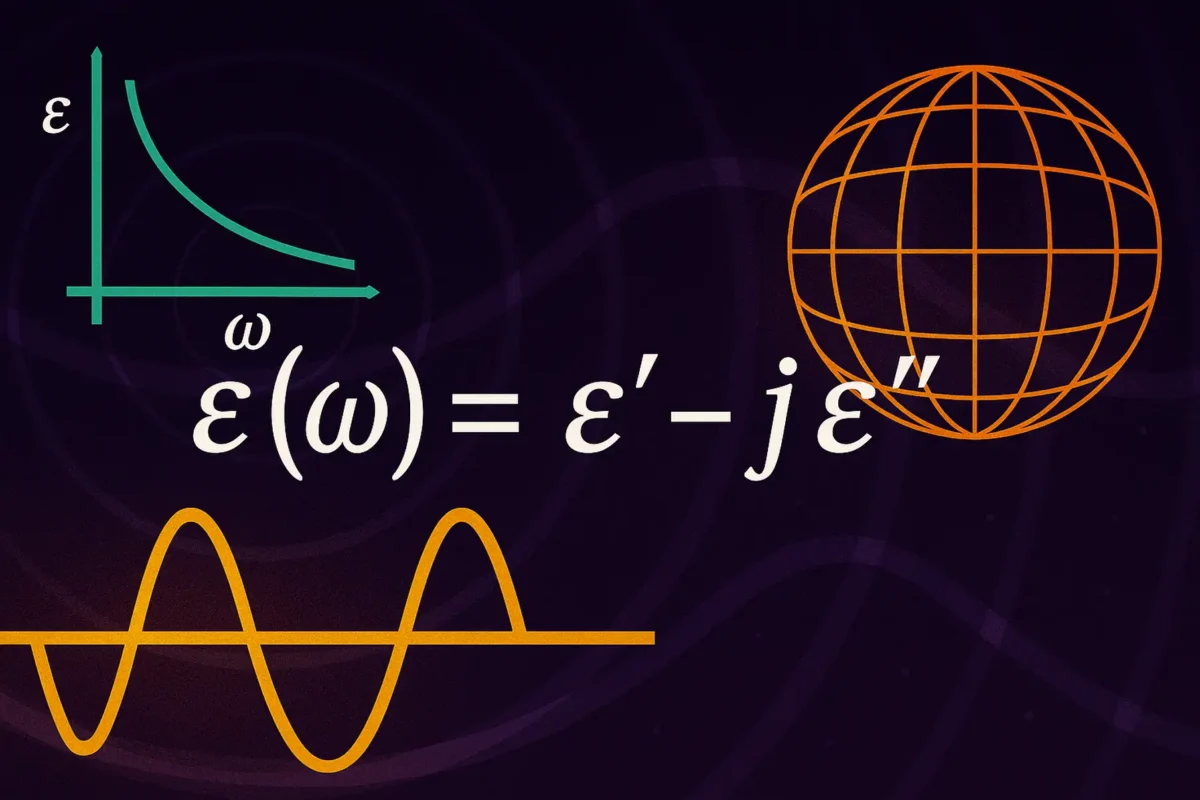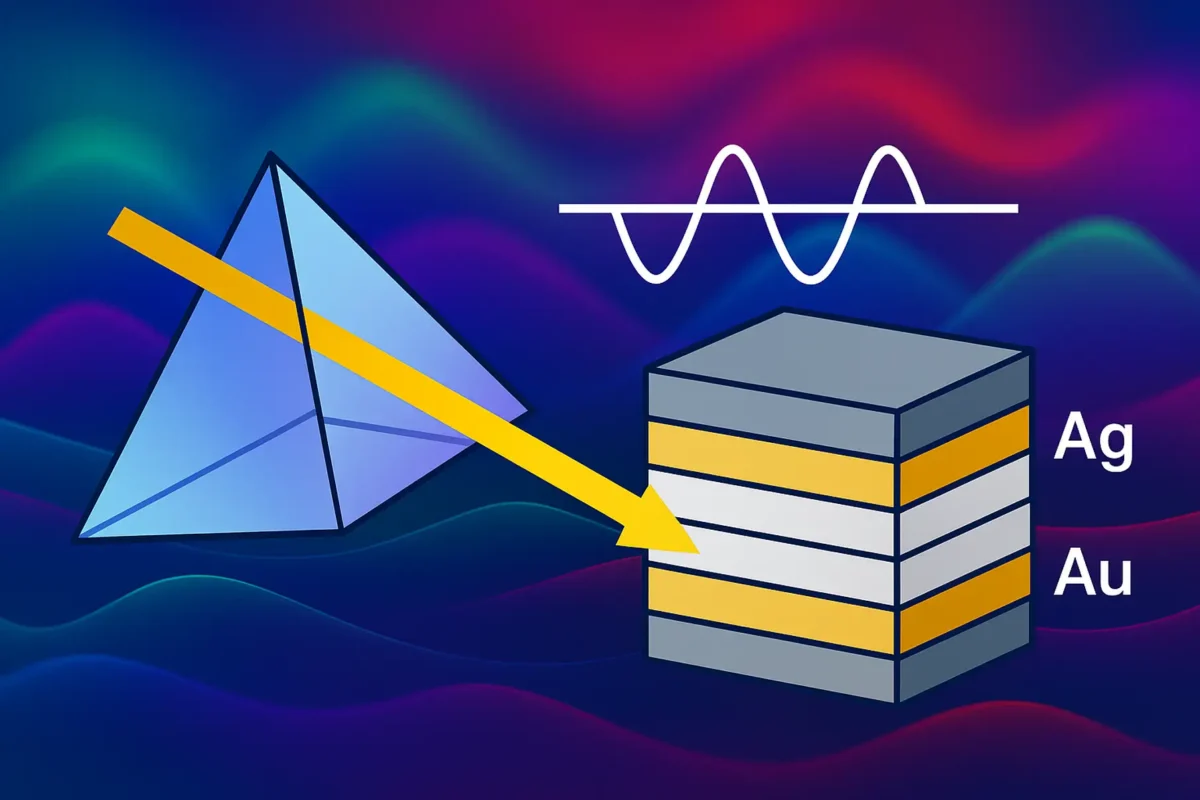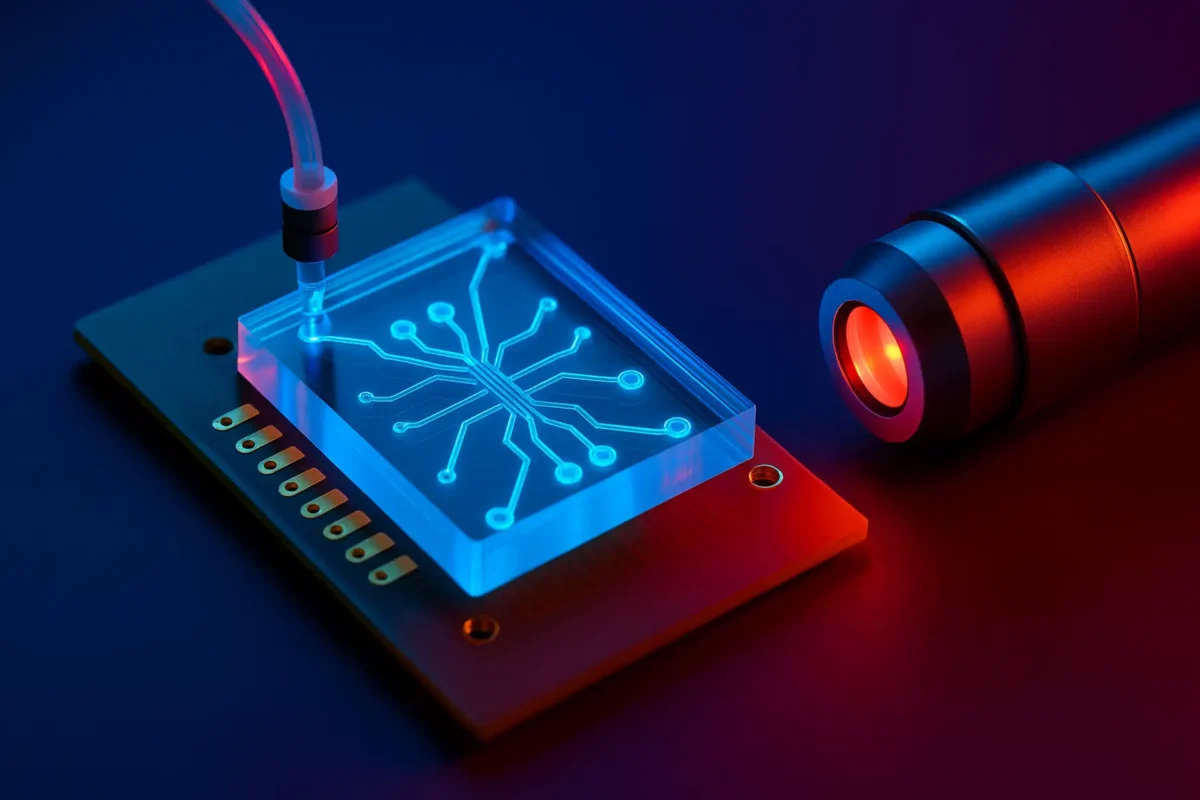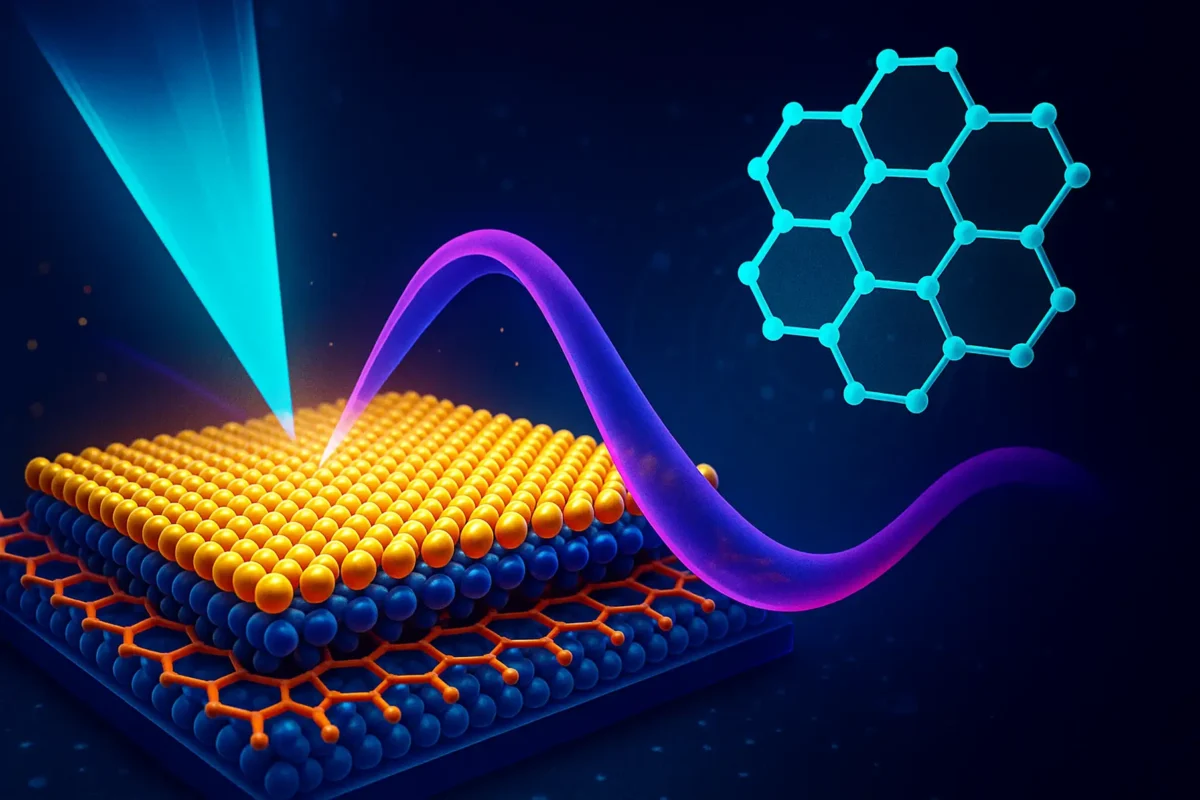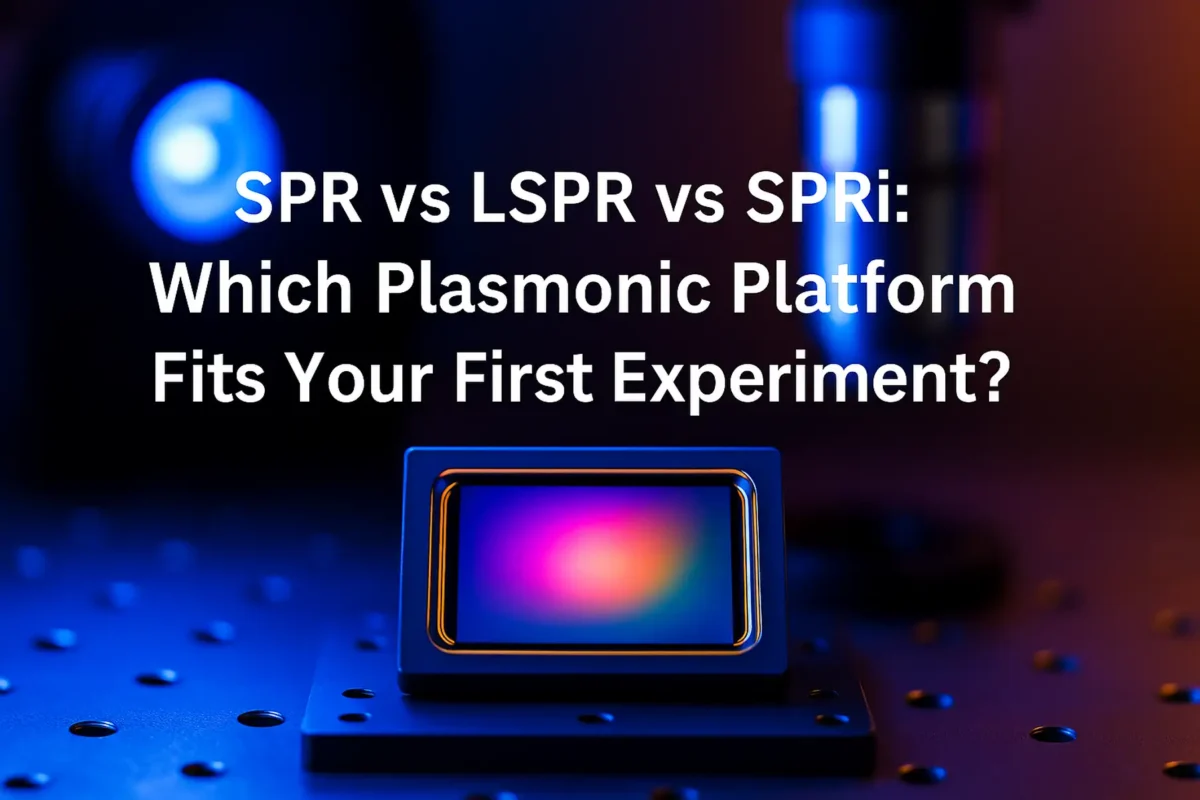Introduction Photonic Crystal Fibers (PCFs) represent a transformative category within fiber optics, characterized by a periodic microstructure running along their length. Unlike conventional optical fibers that guide light through a core with a higher refractive index than the cladding, PCFs manipulate light using the geometry of microscopic air holes embedded in the fiber structure. This […]
